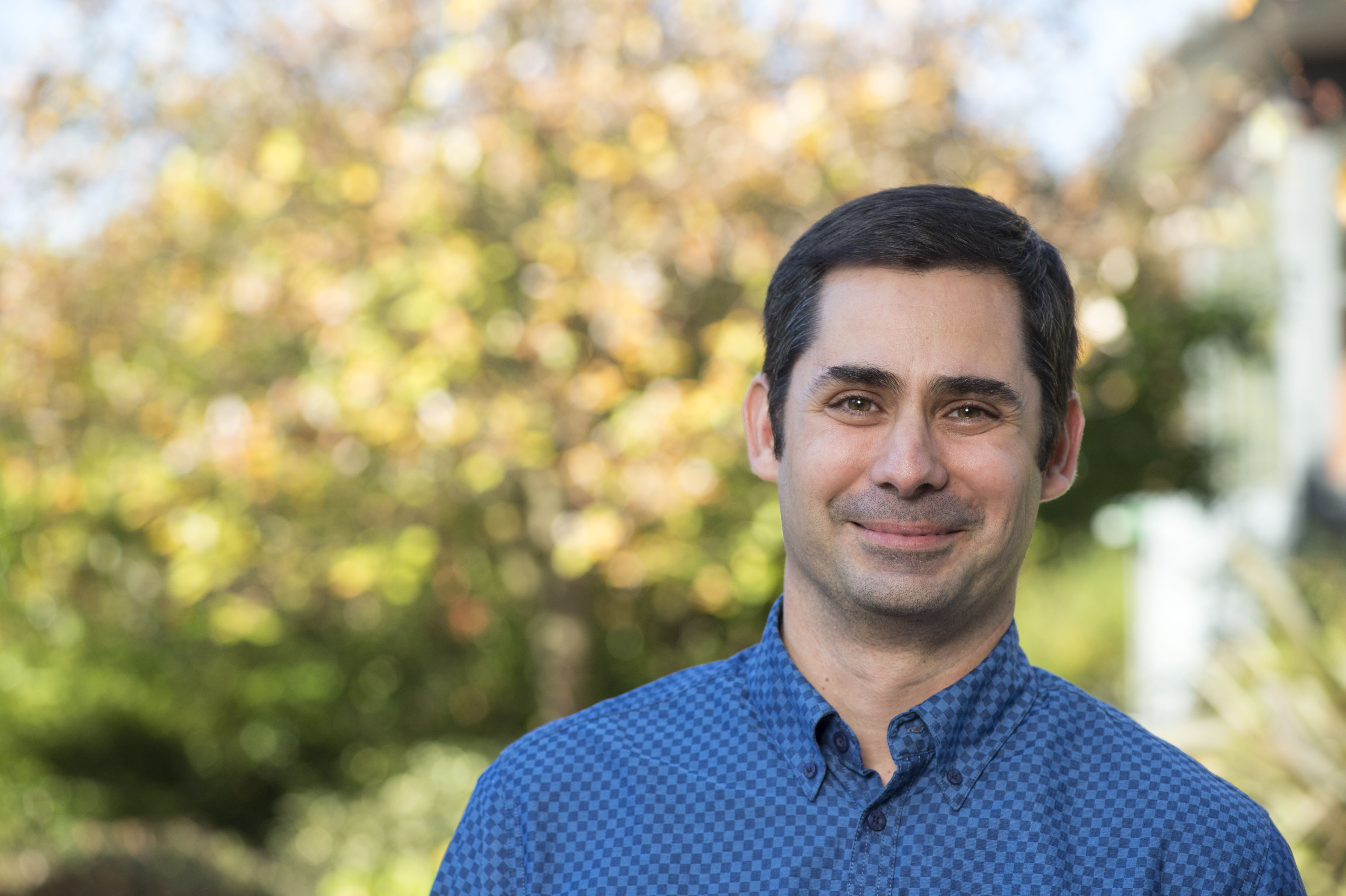
May 9, 2022, by Lexi Earl
Swift: A ten minute coffee with Dr Gabriel Castrillo
Dr Gabriel Castrillo is an Associate Professor in Plant Microbiomes and a member of the Future Food Beacon, where he started out as a Nottingham Research Fellow.
Tell us about your research in 10 words or less…
I examine plants interactions with microbes in the area of nutrition.
Now, explain your research for a lay audience.
My research is similar to what other researchers are doing in humans, figuring out the microbiome of the gut and the consequences of changes in this microbiome for human health. I am doing the same in plants. Roots are essentially the guts of a plant, and they are heavily colonised by microbes. I am figuring out what these microbes are doing in the root and their function in the context of plant nutrition. For example, I would like to answer questions like: How do microbes regulate mineral nutrient homeostasis in plants?
What do you enjoy most about your work?
What we are doing is trying to extract secrets from nature. It’s like being a detective. We are always trying to figure out new mechanisms, find new knowledge. I enjoy the adrenaline this process gives me.
What are the challenges?
Most of the obvious mechanisms in plants are already described, now it is more about defining how the different mechanisms are connected and how they work in reality, in more complex contexts like real soils or in response to multiple environmental factors. On top of that I would like to understand how the microbiome, another layer of complexity, impacts the integration of these mechanisms in plants. Studying this in a relevant ecological context, at different spatial resolution and time frames is quite a challenge. Nevertheless, it will permit us to extract principles that can be used to predict the response of biological systems to environmental perturbations and to design strategies to mitigate negative outputs.
How have the challenges impacted on your approaches to your research questions?
At the moment I am trying to figure out how central mechanisms controlling plant nutrition under axenic conditions, with no microbes present, function when you add the layer of complexity that the plant microbiota represent. I am trying to work out how microbiota integrate, sometimes as an integral component, in these regulatory networks. By combining multiple disciplines in our experimental approaches and data analysis we are trying to extract general aspects of plant-microbe interactions to develop microbial-based strategies that help in agricultural settings.
Is there anything that you’ve found surprising in your work? Something you weren’t expecting perhaps.
I live in permanent surprise as to the capacity of microbes to interfere with plant health and development.
What kind of impact has your research had/do you hope it will have?
I want my work to have as much impact as possible. I’d love to see the application of this knowledge in agriculture and human health.
Do you work in collaboration with others? Who do you work with, and how does this impact the research?
Plant microbiomes is a very collaborative discipline. It includes bioinformatics, ecology, genetics, nutrition, microbiology. In the lab we work in a collaborative environment, with people from different scientific backgrounds but we also have international collaborations with different groups to guarantee high standards of quality in our research and an optimal interpretation of our results.
Do you have any advice for future scholars?
Doing science can be difficult, sometimes very difficult, but when you are able to extract new secrets, it is amazing. My advice is enjoy the good moments and in the bad ones, don’t give up. Keep your passion for science higher than the difficulties.
If you could change one thing about research, what would it be?
I would like to be financially independent to do more basic science. Knowledge precedes application.
Read more about Gabriel’s work here.
No comments yet, fill out a comment to be the first

Leave a Reply